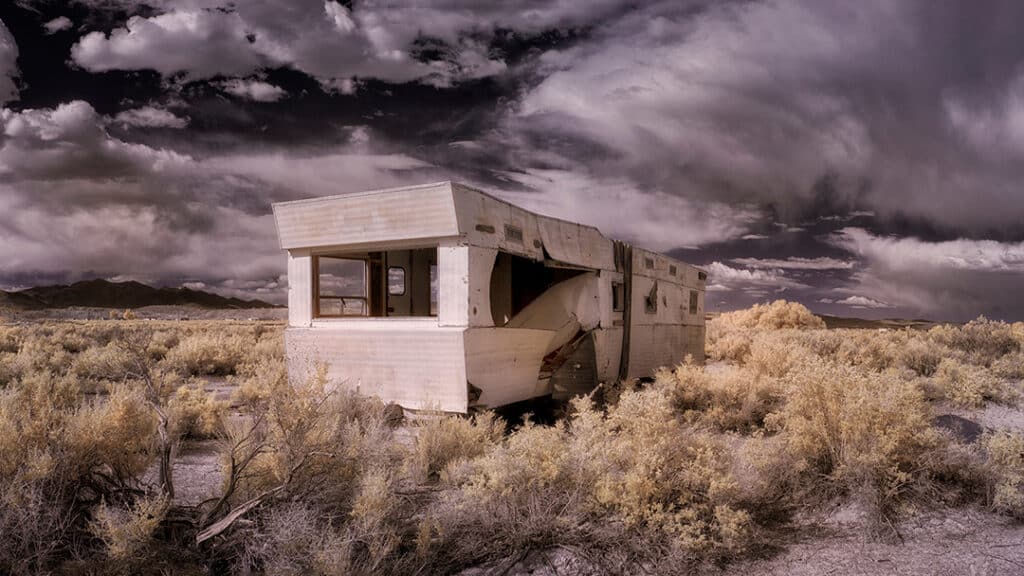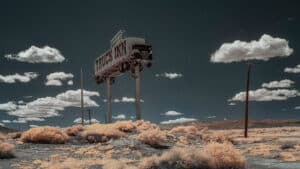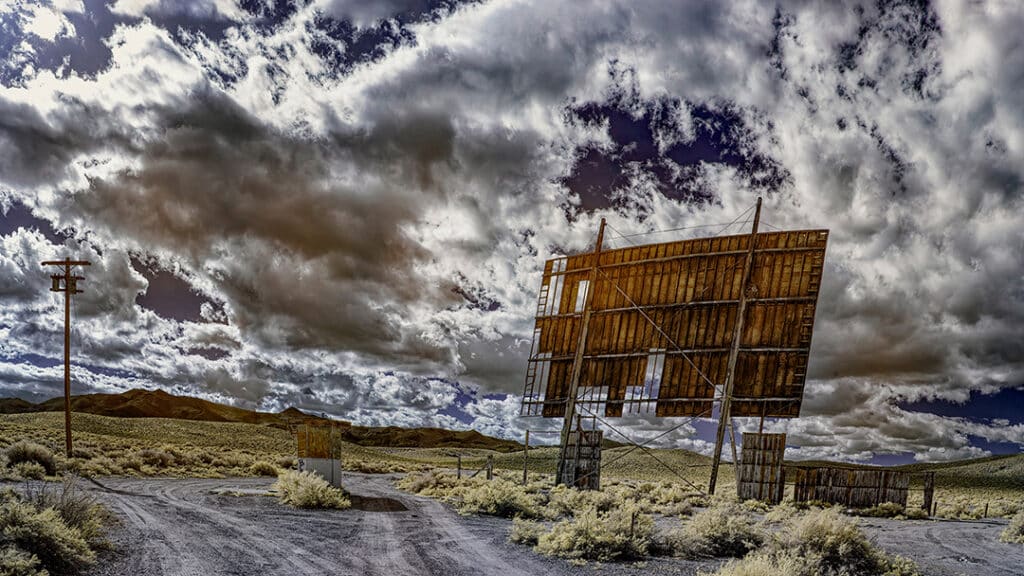David Arnold: Abandoned Things

 We know about the past through history, memory, and relics. That the past is different from the present is its foremost attraction.
We know about the past through history, memory, and relics. That the past is different from the present is its foremost attraction.
Photography is critical in shaping our knowledge of the past, as a physical record of the past, as a stimulus to memory, and through creating visual artifacts of the past. Relics of the past are the tangible past, simultaneously of the past and the present, and this tension highlights their unique visual attraction.
Photography creates meaning through context and interpretation, sharing this condition with the relics of the past. The subjective meanings taken from photographs are a feature that photography shares with the past and the relics of the past. Looking through the viewfinder, it is impossible to compress all the landscape into the photograph, nor is it possible to know all the past by studying history, memory, or relics.
Infrared photography assigns false colors when recording light from the electromagnetic spectrum — light we cannot see. The ongoing series Abandoned Things features photographs of cars, boats, houses, trailers, gas stations, and other debris found abandoned in the landscapes of California, Nevada, and the American West recorded in the infrared spectrum. By using infrared photography, Abandoned Things highlights the otherworldly and unknowable qualities of relics of the past.
The beauty and fascinations disclosed by the relics of the past suggest that life is random, that change underlies existence, and that poetry residences in both the spectacular and the ordinary. None of the relics of the past presented in the series Abandoned Things offer the complex drama of Greek, Roman, or Aztec ruins. Instead, these discarded things suggest that the beauty of the relics of the past is more fragile but equally fascinating.

